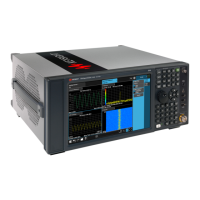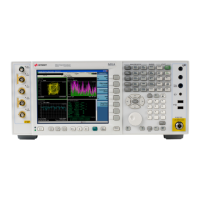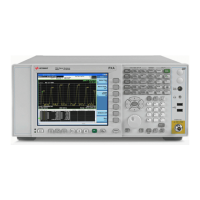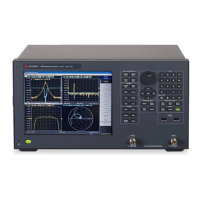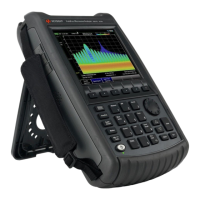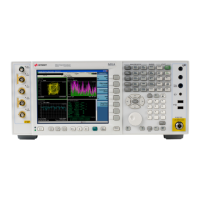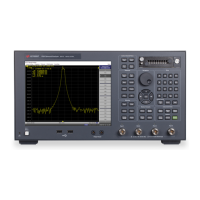7Measurement Tutorial
290 Keysight 34420A User’s Guide
Thermocouples
A thermocouple converts temperature to voltage. When two wires, composed of
dissimilar metals, are joined, an open circuit voltage is generated. The voltage is a
function of the junction temperature and the types of metals in the wire. Since the
temperature characteristics of special dissimilar metals is well known, a
conversion from the voltage generated to the temperature of the junction can be
made. For example, a voltage measurement of a type T thermocouple (made up of
copper and constantan wire) might look like this:
Notice, however, that the connections made between the thermocouple wire and
the meter make another thermocouple where the thermocouple’s constantan (C)
lead connects to the meter’s copper (Cu) input terminal. The voltage generated by
this second thermocouple affects the voltage measurement of the type T
thermocouple.
If the temperature of the thermocouple created at J2 (the LO input terminal) is
known, the temperature of the type T thermocouple can be calculated. One way
to do this is to connect two type T thermocouples together to create only copper
to copper connections at the meter’s input terminals, and to hold the second
thermocouple at a known temperature.

